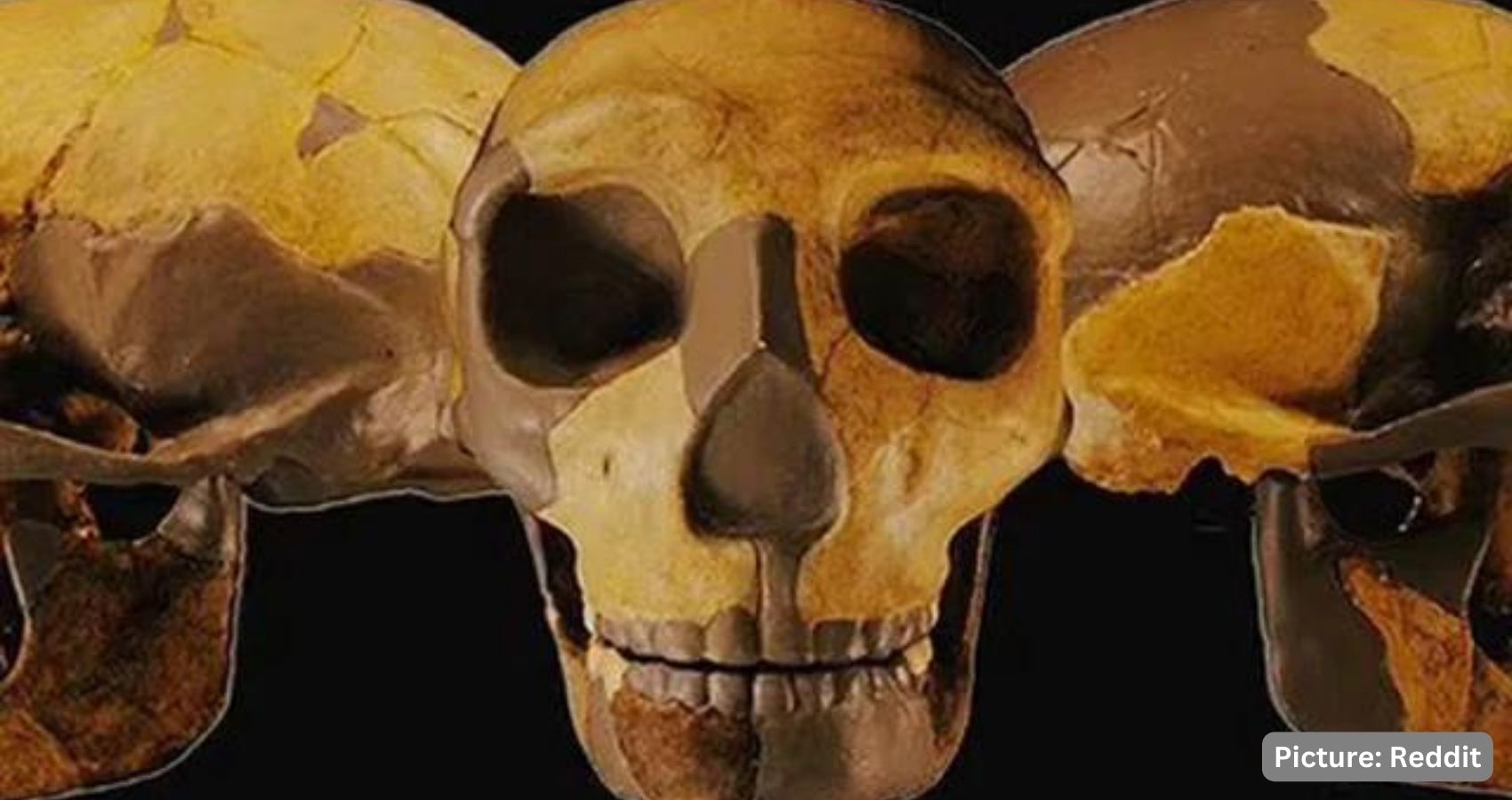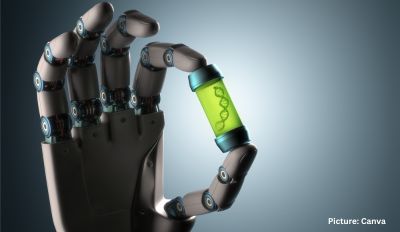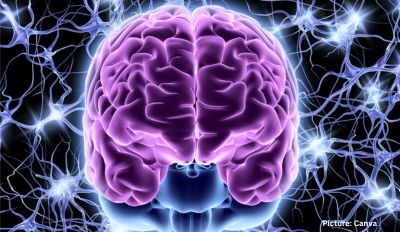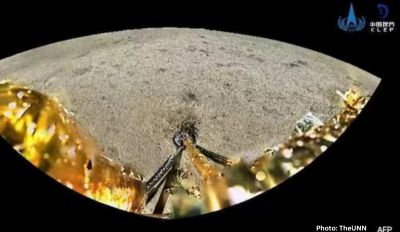An unprecedented discovery in the realm of paleontology has unveiled a 300,000-year-old skull that challenges the known narrative of premodern human evolution. Recent research conducted by an international coalition of scholars from China, Spain, and the United Kingdom has brought to light a fossilized skull fragment, specifically the lower jawbone, in the Hualongdong area of eastern China in 2015. This fossil, along with 15 other specimens found at the same site, is believed to have originated during the late Middle Pleistocene era, a crucial juncture in the evolutionary trajectory of hominins, species closely related to humans.
The study, published on July 31 in the Journal of Human Evolution, illuminates the profoundly distinctive nature of the mandible, designated as HLD 6. It has defied conventional classification, perplexing researchers with its enigmatic attributes that defy existing taxonomic groups. This peculiarity is not an isolated occurrence among Chinese Pleistocene hominin remains; several others have eluded straightforward categorization, previously regarded as outliers. However, this recent revelation, coupled with other contemporaneous investigations, is steadily reshaping the understanding of evolutionary developments during the late Middle Pleistocene era.
HLD 6 and its Mosaic of Characteristics
Upon meticulous examination of the HLD 6 mandible, juxtaposed with those from Pleistocene hominins and modern humans, the research collective observed a fusion of features. Strikingly similar in shape to the mandible of Homo sapiens, the modern human species tracing its roots to Homo erectus, HLD 6 also exhibits a distinguishing trait akin to another branch stemming from Homo erectus: the Denisovans. A noticeable absence of a chin, a shared aspect with the Denisovans, is evident in HLD 6.
María Martinón-Torres, a co-author of the study and the director of the National Research Center on Human Evolution (CENIEH) in Spain, elucidated, “HLD 6 does not present a true chin but has some weakly expressed traits that seem to anticipate this typically H. sapiens feature.” This amalgamation of primitive attributes and those reminiscent of Homo sapiens distinguishes the Hualongdong population as the earliest known Asian fossil group to exhibit such a distinctive blend.
The postulation emerges that HLD 6 belongs to a class that remains unnamed, suggesting that hallmark characteristics of modern humans may have manifested as far back as 300,000 years ago, preceding the emergence of anatomically modern humans in eastern Asia. To account for potential variations between juvenile and adult skull structures, the researchers contemplated the age of the individual to whom the jawbone belonged.
HLD 6 is inferred to have been part of a 12- to 13-year-old individual. Although a comparable adult skull of the same species for comparison was unavailable, the team examined skulls from Middle and Late Pleistocene hominins of equivalent ages. Notably, the consistent patterns in cranial shapes across different ages provided further validation for their hypothesis.
Despite the insightful revelations gleaned from HLD 6, Martinón-Torres underscores the necessity for further investigation to definitively contextualize this find within the broader evolutionary framework.
In conclusion, an unparalleled archaeological revelation has been unveiled, carrying the potential to redefine the historical trajectory of human evolution. The unearthing of a 300,000-year-old mandible, referred to as HLD 6, in China’s Hualongdong region has stumped researchers due to its unprecedented amalgamation of traits that defy conventional classification. This discovery challenges prior assumptions about Pleistocene hominin fossils in China and compels a reconsideration of late Middle Pleistocene evolutionary patterns.
This groundbreaking study, featured in the Journal of Human Evolution on July 31, underscores the intriguing mixture of attributes within HLD 6’s mandible. Resonating with the shape of Homo sapiens’ mandibles while sharing the unique lack of a chin with the Denisovans, HLD 6 encapsulates a distinctive blend of characteristics that demarcates it as a novel entity. This mosaic of features presents a pioneering insight into the evolutionary development of early hominins in Asia, potentially indicating that recognizable modern human traits had emerged Religion300,000 years ago.
Nevertheless, the researchers acknowledge the complexity of their discovery and the necessity for additional investigations. In the absence of an adult skull of the same species for direct comparison, the team turned to comparable hominin skulls of varying ages, finding consistent patterns that reinforce their assertions. María Martinón-Torres, a lead researcher on the project, highlights the significance of continued research to holistically contextualize HLD 6 within the broader evolutionary narrative.
“More fossils and studies are necessary to understand their precise position in the human family tree,” she said.











